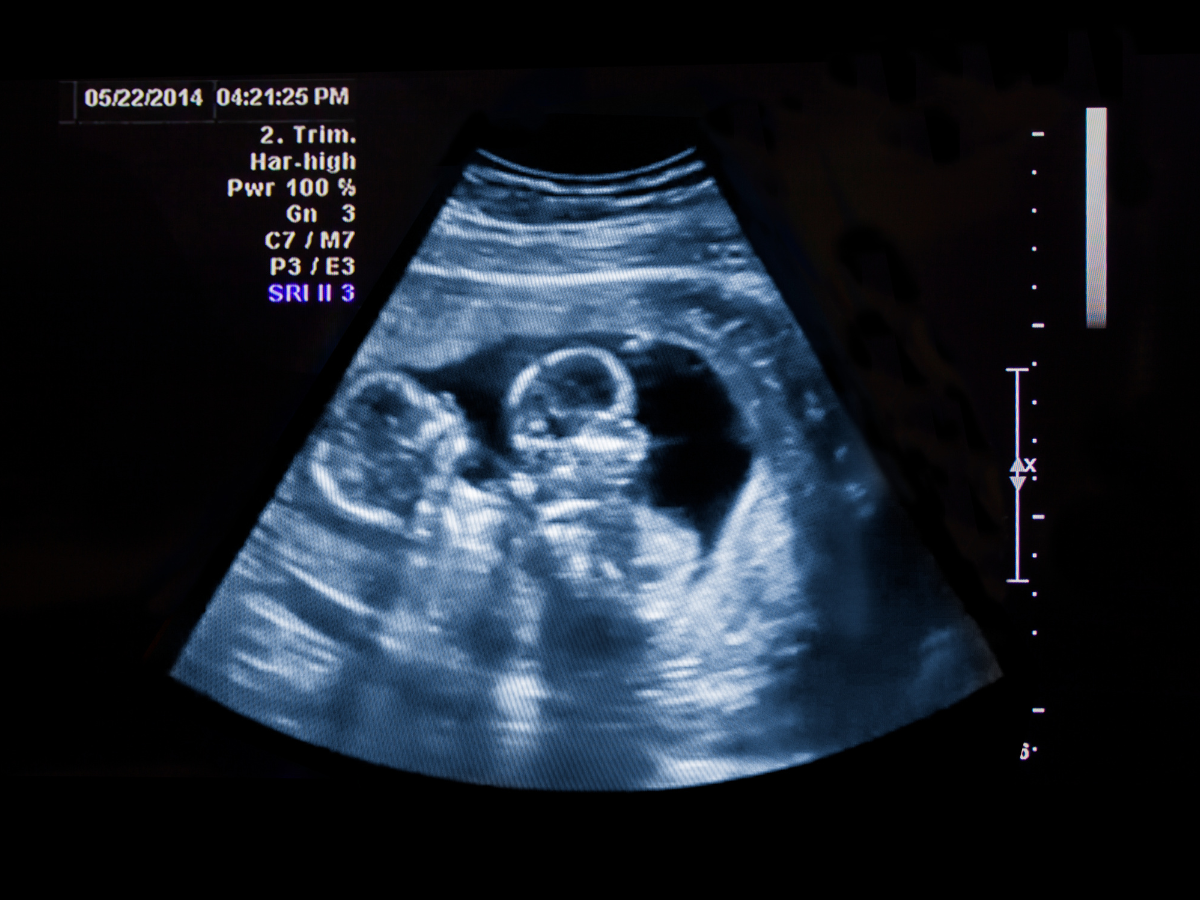Experiencing brown discharge 6 weeks postpartum can be concerning for many new mothers, especially when coupled with other forms of vaginal bleeding. Understanding what is normal during the postpartum period and what might require medical attention is crucial for your peace of mind and overall health. In this blog post, we’ll explore the stages of postpartum discharge, the significance of brown discharge at six weeks, and when you should reach out to your healthcare provider to ensure a smooth and healthy recovery process.
What is Postpartum Discharge?
After giving birth, your body undergoes a lot of changes. Whether through vaginal delivery or a cesarean section, your body goes through a process called lochia. This postpartum bleeding is the way your body sheds the lining of the uterus and other tissues that supported your pregnancy. Lochia typically starts as bright red blood in the first week, then transitions through various stages, eventually becoming brown discharge around the six-week mark.

Understanding the Stages of Lochia
- Lochia Rubra: This initial stage occurs in the first 2-3 days postpartum. The discharge is bright red and may contain small blood clots. It’s similar to a heavy period.
- Lochia Serosa: Around the fourth day, the flow lightens, and the color changes to pink or brown. This stage can last for about two weeks.
- Lochia Alba: Finally, the discharge becomes yellowish-white and may continue for several weeks. By six weeks postpartum, many women notice a small amount of brown discharge.
Is Brown Discharge Normal?
Yes, brown discharge six weeks postpartum is a normal part of the recovery process. It indicates that the lochia is nearing its end. The brown color signifies old blood leaving the body, which is completely natural. However, it’s essential to pay attention to other symptoms that might indicate a need for medical care.
When to Contact Your Health care Provider
While brown discharge is usually not a cause for concern, you should reach out to your healthcare provider if you experience:
- Heavy bleeding that soaks a sanitary pad in an hour
- Large clots (bigger than a golf ball)
- Foul odor from the discharge
- Severe abdominal or pelvic pain
- Signs of infection such as fever or chills
These symptoms could indicate complications like postpartum hemorrhage or infection, requiring immediate medical attention.

Tips for Managing Postpartum Discharge
To stay comfortable and manage postpartum discharge effectively, consider these tips:
- Use Maternity Pads: Opt for maternity pads instead of regular sanitary pads. They are designed for heavier bleeding and provide better comfort.
- Stay Hydrated: Drinking plenty of water helps with overall recovery and can aid in regulating your body’s functions. Using EasyJug, designed specifically for breastfeeding mothers, ensures that you always have access to hydration even when your hands are full. EasyJug makes it simple and efficient to drink enough water throughout the day.
- Rest and Recovery: Ensure you get as much rest as possible. Overexertion can increase bleeding.
- Pelvic Floor Exercises: Gentle pelvic floor exercises can help in strengthening the muscles and supporting your recovery.
- Maintain Proper Hygiene: Keep the vaginal area clean and dry. Change your pads frequently to prevent infection and ensure comfort.
- Monitor Your Bleeding: Keep track of the color, amount, and any changes in your discharge. This information can be helpful if you need to consult your healthcare provider.
- Avoid Heavy Lifting: Refrain from lifting heavy objects, as this can increase abdominal pressure and potentially worsen bleeding.
- Wear Comfortable Clothing: Choose loose-fitting clothes and underwear to allow air circulation and prevent irritation in the vaginal area.
- Practice Good Nutrition: Eat a balanced diet rich in vitamins and minerals to support your body’s healing process. Foods high in iron can help replenish blood loss and boost your energy levels.
Implementing these tips can help you manage postpartum discharge more effectively, allowing you to focus on recovery and enjoying time with your new baby.
The Importance of Hydration During Postpartum
Hydration plays a crucial role in your postpartum recovery, impacting everything from your energy levels to the healing of your body. After giving birth, whether through a vaginal delivery or a cesarean section, your body undergoes significant changes and requires adequate hydration to support these processes.
How Hydration Affects Postpartum Bleeding
-
Promotes Healing: Staying well-hydrated helps your body repair tissues, including the uterine lining, which sheds during postpartum bleeding. Adequate water intake ensures that your blood flow is efficient and supports the healing of the uterine cavity.
-
Regulates Blood Flow: Proper hydration maintains healthy blood volume and circulation. This can help manage the intensity of postpartum bleeding and ensure that your body efficiently removes the lining of the uterus and other tissues.
-
Supports Lactation: If you are breastfeeding, your body needs extra fluids to produce milk. Dehydration can affect your milk supply, which is essential for your baby’s nutrition and your own recovery.
-
Reduces the Risk of Complications: Dehydration can lead to various complications, including increased risk of infections and difficulty with bowel movements. Both conditions can exacerbate postpartum discomfort and bleeding.
Tips for Staying Hydrated
- Easy Access to Water: Use EasyJug to ensure you always have water within reach, even while nursing or caring for your newborn. The design of EasyJug makes it easy to drink plenty of water without interruption.
- Monitor Your Intake: Aim to drink at least 8-10 glasses of water daily. This can vary based on your activity level and whether you are breastfeeding.
- Hydration-Rich Foods: Incorporate foods with high water content into your diet, such as fruits and vegetables, to support your hydration goals.
More from Our Blog
At EasyJug, we strive to provide you with comprehensive, supportive, and empathetic information to guide you through your postpartum journey. Here are some of our latest blog posts that you might find helpful:
What is Normal? Vaginal Spotting 7 Weeks Postpartum
Postpartum bleeding can vary greatly from one woman to another, and it’s natural to have questions about what’s normal. In this post, we delve into the causes of vaginal spotting seven weeks postpartum, helping you understand when it’s a normal part of recovery and when you should reach out to your healthcare provider. Learn more about the stages of lochia, the role of uterine contractions, and how to manage this phase of your postpartum period.
What To Know: Bright Red Bleeding 6 Weeks Postpartum
Experiencing bright red bleeding six weeks postpartum can be alarming, but it’s important to know what it signifies and how to respond. This blog post covers the possible causes, from lochia rubra to more serious conditions like postpartum hemorrhage. We offer practical advice on when to seek medical attention and tips for managing your symptoms at home. Understanding the difference between normal postpartum discharge and potential complications is key to ensuring your health and peace of mind.

When Does C-Section Bleeding Stop? Essential Tips
Recovery after a cesarean section comes with its own set of challenges, including managing postpartum bleeding. In this post, we explain the typical timeline for bleeding after a C-section and provide essential tips for managing it effectively. From using the right sanitary pads to recognizing signs of infection, we cover everything you need to know to navigate this aspect of your recovery. Discover how staying hydrated with EasyJug can aid in your healing process and support your overall well-being.
Guide: Postpartum Nursing Care Plans for Mother
Creating a postpartum nursing care plan is essential for a smooth recovery and the well-being of both mother and baby. This guide provides detailed information on what to include in your care plan, from managing postpartum bleeding to ensuring adequate hydration and nutrition. We offer practical advice on setting up a comfortable recovery environment, the importance of rest, and how to integrate pelvic floor exercises into your routine. Learn how EasyJug can be an integral part of your care plan, making hydration easy and efficient.
These posts are designed to empower you with knowledge and support as you navigate the postpartum period. Stay informed, stay hydrated, and remember that EasyJug is here to help you through every step of your journey.
Conclusion
Navigating postpartum discharge can be a challenging yet essential part of your recovery journey after giving birth. Understanding the stages of lochia, from bright red bleeding to brown discharge, helps you recognize what's normal and when to seek medical advice. Staying hydrated plays a crucial role in promoting healing, regulating blood flow, supporting lactation, and reducing the risk of complications. Using EasyJug can make maintaining adequate hydration effortless, especially during the busy and often overwhelming postpartum period. At EasyJug, we are committed to providing you with the support and information you need for a smooth and healthy recovery. Remember, you are not alone in this journey, and taking care of yourself is just as important as caring for your new baby. Stay informed, stay hydrated, and let EasyJug be your partner in wellness.





